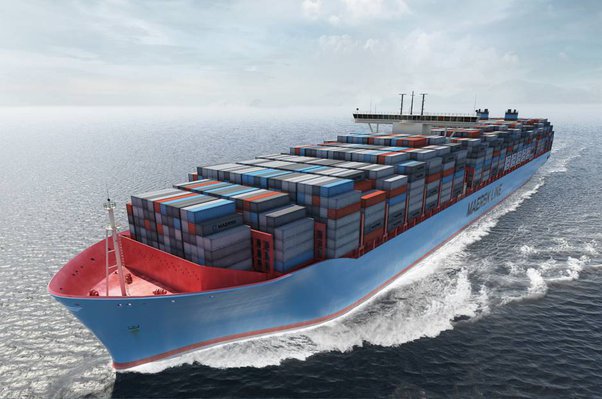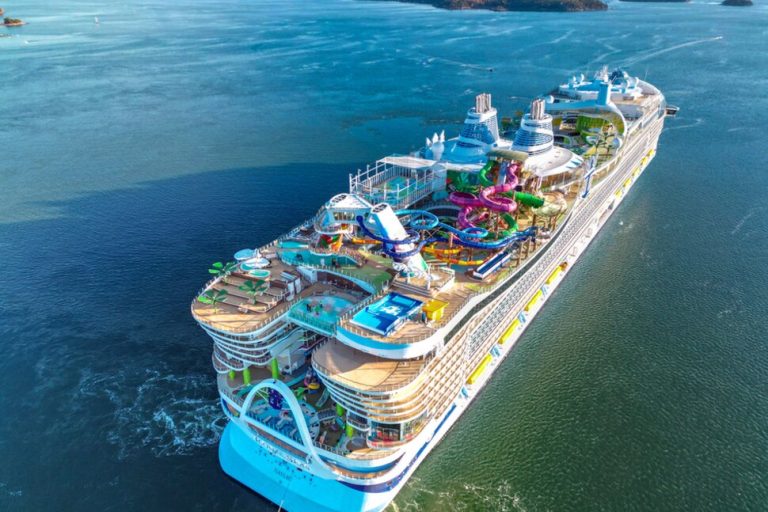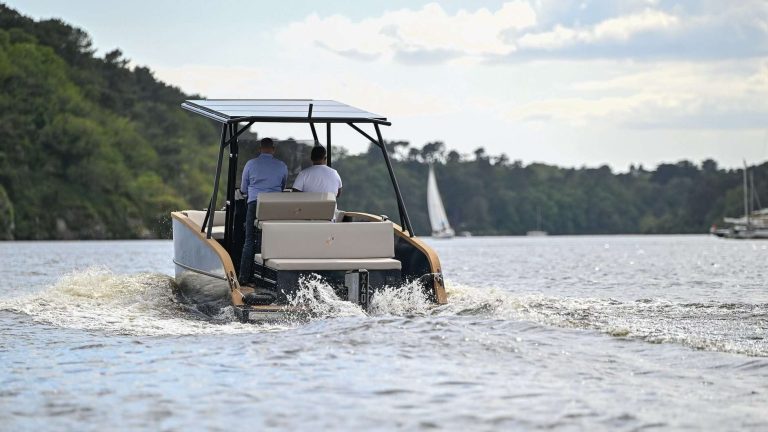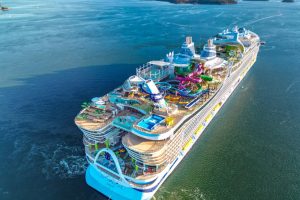Introduction
The navigation technology has been instrumental in the development of sea travel. From the first compass to today’s sophisticated satellite GPS systems, such inventions have changed the way ships traverse the world’s oceans. This manual considers the history of ship navigation technology, how it has developed and when key innovations have occurred, and its effect on travel at sea.
Early Navigation Tools
The Magnetic Compass
The magnetic compass, brought from China via the Islamic world around the 12th century, was news to Europeans, and it would revolutionize history as, for the first time, sailors could finally get a reliable sense of which direction they were headed. Before that, navigators generally had to rely on stars and local landmarks, many of which weren’t necessarily visible. The compass made navigation more accurate and reliable, facilitating exploration and trade.
Celestial Navigation
Celestial navigation could locate their position at sea for centuries. Navigators used the sun, moon and stars to determine latitude and longitude. Instruments like the sextant and the astrolabe were critical for these calculations, enabling sailors to navigate vast oceans were greater confidence.
The Age of Chronometers
Accurate Timekeeping
The development of marine chronometers in the 18th c. was a big step in navigation. A.[] Precise time kept the sailors informed of longitude, which was the most vexing problem of ocean navigation. This was a safety and efficiency measure to prevent shipwrecks and loss of cargo.
The Advent of Electronic Navigation
Radio Navigation
Radio navigation Radio navigation became a tactical and strategic assistive technology during the early to mid-20th century. For example, systems like LORAN (Long Range Navigation) could use radio signals to tell ships where they were, providing far more accurate and trustworthy information than before. This development improved the safety of the seas and gave new alternatives for long travel.
Radar Systems
Radar, which had been developed during World War II, was proving very useful to navigation. Radar systems enabled ships to enjoy safer passage in fog and darkness by his ability to detect objects and measure distance. This device is essential to operations at sea to this day.
The GPS Revolution
Satellite Navigation
The latter part of the 20th century saw the introduction of the Global Positioning System as a navigating tool. GPS, through a web of satellites, offers real-time positional data Better than ever. Ships can travel with accuracy, regardless of the weather or visibility, which improves safety and efficiency.
Integration with Modern Technology
Today’s navigation systems combine GPS with other technology, including electronic charts and the Automatic Identification System (AIS). Such systems give cargo information on any vessel’s location, velocity and trajectory making it possible for them to model this and make decisions in advance. When you combine these technologies, everything becomes more efficient and actual human error is minimized.
Impact on Maritime Travel
Enhanced Safety
Sea navigation has been taken to a new level as far as safety is concerned, thanks to advances in navigation technology. By precise location and collision avoidance, the probability of accidents is minimized, and thereby also the risk both for people and goods.
Increased Efficiency
Today’s navigation systems make shipping even more effective. Optimized routing through real-time information means less burning of fuel and shorter transit times. It speeds up global trade, making products cheaper and quicker to ship.
Expanded Exploration
We’re dealing now with a whole new era of exploration and discovery due to technological advancement. Ships are now able to travel into waters that were once out of reach, allowing for scientific exploration and economic opportunities. This ability promotes better comprehension of the world’s oceans and its resources.
The Future of Navigation Technology
Autonomous Vessels
The future of navigational shipping could see unmanned ships using AI and sensors. These vehicles could be autonomous, enhancing safety and reliability even more. The emergence and sophistication of self-driving technology is poised to reinvent the industry yet again.
Continued Innovation
Further studies and advance are to form the trends of navigation technology. Several emerging technologies, including quantum navigation and sophisticated communication systems, could enable the future of what-hole navigation in the near future.
Conclusion
Advanced ship navigation technology, which has come a long way since compasses, has changed the landscape of maritime transport. Each stage has also contributed to the bettering of security, efficiency and exploration, contributing to the formation of global trade and contribution. The wonders of the future of navigation With advancing technology, the future of travel holds so many exciting possibilities that are expected to deliver even more to the world’s oceans.





